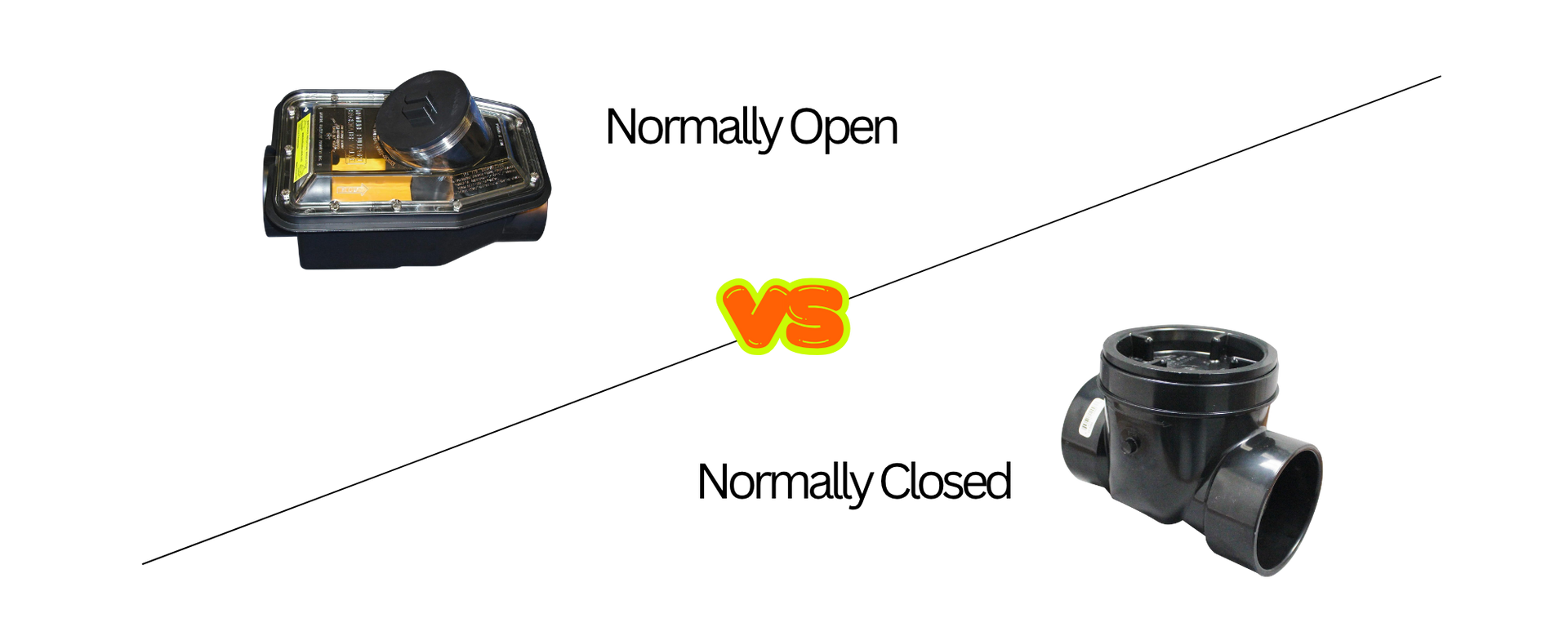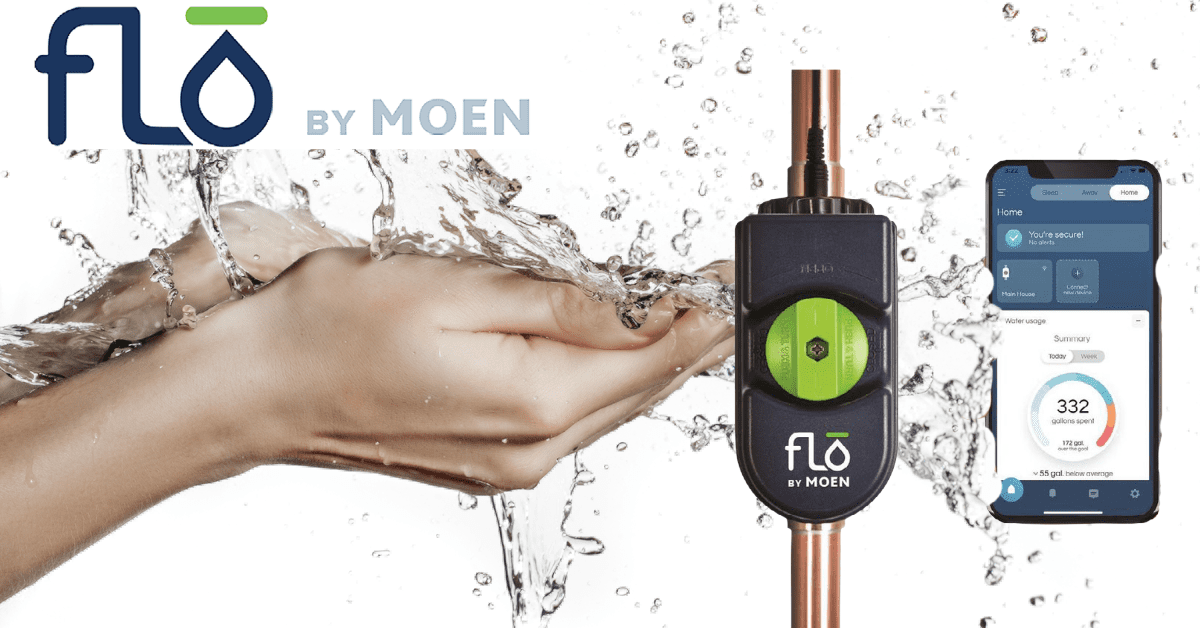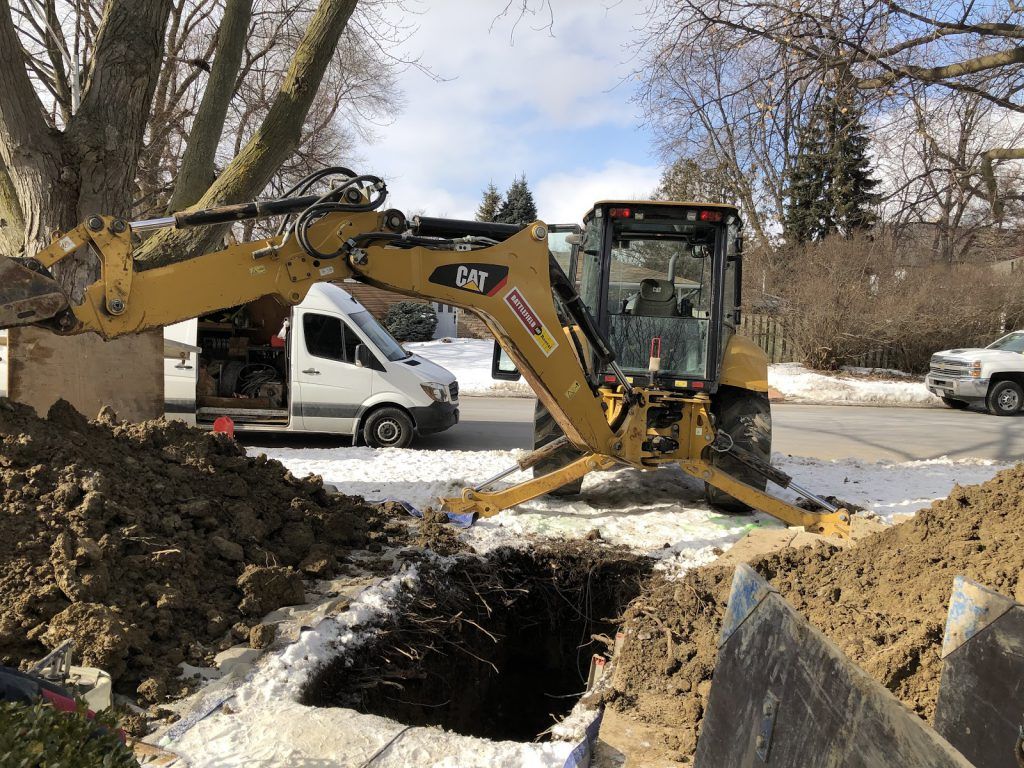💧 Sump Pumps: What you need to know to protect your home
💧 Sump Pumps: Why Proper Exterior Overflow Discharge Is Essential
When a major rainstorm hits — like the August 9th, 2024 storm, when parts of Montreal saw widespread flooding — the city’s storm and sewer infrastructure can quickly reach capacity. When that happens, your sump pump may keep running, but the water has nowhere to go.
Without a proper overflow discharge line to the outside, your basement sump system can back up, allowing water to rise in the pit and flood your home.
This blog explains why having a properly designed overflow line, along with a reliable pump and backup system, is essential for protecting your basement from flooding during severe weather events.
🏠 The Role of a Sump Pump
A sump pump is designed to collect groundwater or infiltration water from around your foundation and discharge it away from the home, typically through a discharge line. This helps keep your basement dry during normal rainfall and snowmelt.
However, during extreme rain events, the situation changes dramatically.
🌧️ When City Infrastructure Reaches Capacity
During very heavy rainstorms, municipal storm and sewer systems can fill up completely. If your sump pump discharge is tied directly into a storm drain or sanitary sewer connection, the water your pump is trying to send out has nowhere to go.
This can happen when:
- The storm sewer is full of water from hundreds of homes pumping simultaneously.
- Sanitary sewers surcharge due to inflow from foundation drains and rainwater.
- City infrastructure simply cannot handle the volume of water fast enough.
When this occurs, the discharge line pressurizes, the pump can’t push against it, and water rises in the sump pit. Eventually, the water spills over, leading to flooding in the basement — even though the pump is working perfectly.
🚰 The Solution: A Proper Exterior Overflow Discharge
The single most important way to prevent this scenario is to have a dedicated overflow discharge to the exterior of your home.
✅ A proper overflow line gives your pump an escape route for water when the city pipes are full.
This overflow line is typically piped to the outside, where it can discharge onto grade, away from the foundation. In many municipalities, this type of installation is now being mandated for new sump pump installations because of how often infrastructure gets overwhelmed during big storms.
Key Benefits:
- Prevents pump deadheading against a full storm line
- Keeps the sump pit from overfilling during municipal surcharges
- Reduces risk of basement flooding during extreme weather
- Complies with evolving city bylaw requirements
-
⚡ Choosing the Right Sump Pump
Your pump’s performance matters, especially during intense storms. A weak or undersized pump may not keep up with rapid water inflow.
- For most residential applications, a Liberty 257 sump pump is an excellent, reliable choice. It offers powerful performance in a compact, durable design.
- In higher-risk situations, such as very high water tables or large inflow volumes, a 1/2 HP Liberty LE41 can be used. While not always necessary, this provides extra pumping capacity for more extreme events.
💡 Pump capacity matters, but even the best pump is useless if it has nowhere to discharge. The overflow line is the real lifesaver.
🔋 Battery Backup Systems: A Smart Addition
During storms, power outages are common. That’s why a high-quality battery backup system is also strongly recommended.
We often install Liberty 441 or 442 series backup systems, which provide:
- Automatic operation when power is lost
- Dependable battery power for extended runtime
- Peace of mind during the worst storms, when you need protection most
A battery backup system, combined with a proper overflow discharge, creates a resilient, layered defense against basement flooding.
📝 City Requirements and Best Practices
Some municipalities are now mandating exterior overflow discharge lines for all new sump pump installations. This is because they recognize that city storm systems can’t handle massive simultaneous pumping during big storms, and homeowners need an independent way to remove water.
Even if your city hasn’t made this mandatory yet, it’s considered best practice by professional plumbers.
📝 Final Thoughts
Your sump pump system is your home’s first line of defense during heavy rainstorms — but it’s only as good as the discharge route.
If your pump is tied directly into the storm or sewer system without an exterior overflow, it may fail when you need it most, leading to costly basement flooding.
🏡 The most important factor isn’t just the pump — it’s ensuring that the water has somewhere to go when the city pipes are full.
Investing in a proper overflow discharge, a reliable pump, and a battery backup is the best way to protect your home during extreme weather.





